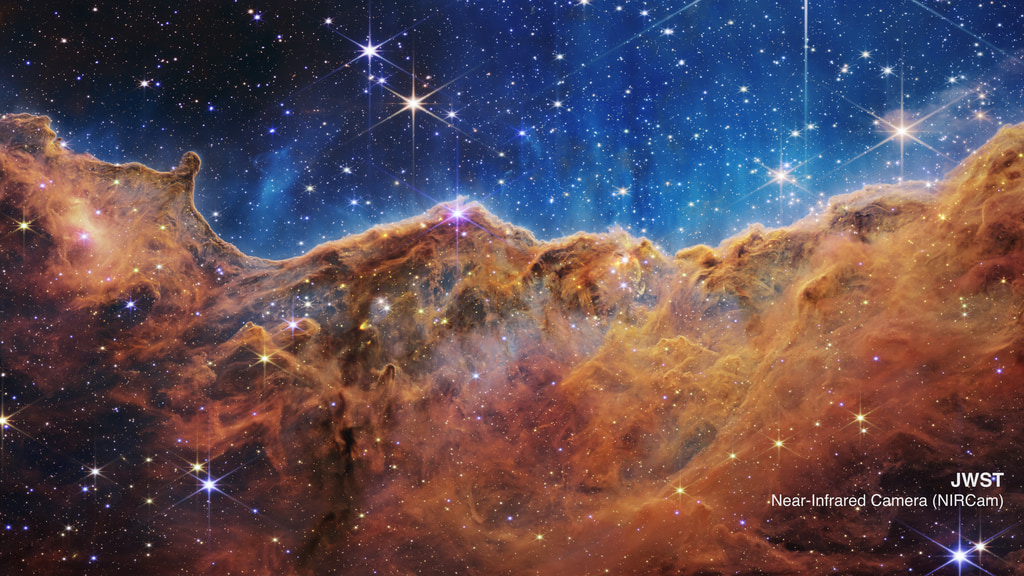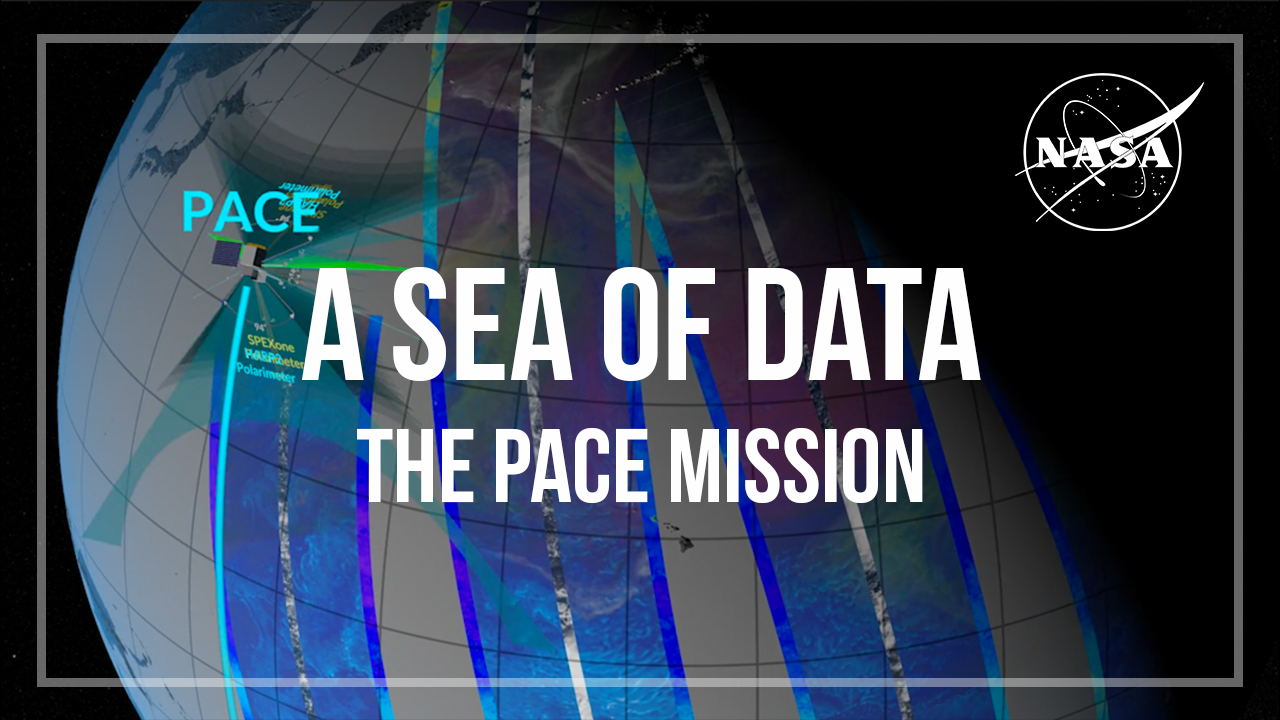NASA’s Webb Telescope Links Galaxies Near and Far

A trio of faint objects (circled) captured in the James Webb Space Telescope’s deep image of the galaxy cluster SMACS 0723 exhibit properties remarkably similar to rare, small galaxies called “green peas” found much closer to home. The cluster’s mass makes it a gravitational lens, which both magnifies and distorts the appearance of background galaxies. We view these early peas as they existed when the universe was about 5% its current age of 13.8 billion years. The farthest pea, at left, contains just 2% the oxygen abundance of a galaxy like our own and might be the most chemically primitive galaxy yet identified.
Credit: NASA, ESA, CSA, and STScI
A new analysis of distant galaxies imaged by NASA’s James Webb Space Telescope shows that they are extremely young and share some remarkable similarities to “green peas,” a rare class of small galaxies in our cosmic backyard.
The early peas were found in the James Webb Space Telescope's deepest and sharpest infrared image of the distant universe yet seen, which imaged thousands of galaxies in and behind a cluster known as SMACS 0723. The cluster’s mass makes it a gravitational lens, which both magnifies and distorts the appearance of background galaxies. Astronomers zeroed in on a trio of faint, compact infrared objects whose properites resemble green peas.
Green pea galaxies were discovered and named in 2009 by volunteers taking part in Galaxy Zoo, a project where citizen scientists help classify galaxies in images, starting with those from the Sloan Digital Sky Survey. They stood out as small, round, unresolved dots with a distinctly green shade, a consequence of both the colors assigned to different filters in the survey’s composite images and a property of the galaxies themselves. A larger-than-usual fraction of their light comes from hot gas, which emits light in discrete colors as opposed to a continuous rainbow-like spectrum.
Detailed chemical fingerprints of these early galaxies show that they include what might be the most primitive galaxy identified so far, with just 2% of the oxygen content of a galaxy like our own. They allow astronomers to connect these galaxies from the dawn of the universe to similar ones nearby, which can be studied in much greater detail.

Same as above, but the galaxies are labeled with their identifications and the green circles have been removed.
Credit: NASA, ESA, CSA, and STScI

Same as above but without text.
Credit: NASA, ESA, CSA, and STScI

A GIF sequence of the above.
Credit: NASA, ESA, CSA, and STScI

The James Webb Space Telescope’s Near-Infrared Spectrograph captured the chemical fingerprints of selected galaxies behind SMACS 0723, including three faint, distant objects. When corrected for the wavelength stretch caused by the expansion of space over billions of years, the spectra of these galaxies (shown in red) exhibit features emitted by oxygen, hydrogen, and neon that show a stunning resemblance to those seen from so-called green pea galaxies found nearby (in green). Additionally, the Webb observations made it possible to measure the amount of oxygen in these cosmic dawn galaxies for the first time. The spectral lines have been stretched vertically in order to clarify these relationships.
Credit: NASA’s Goddard Space Flight Center/Rhoads et al. 2023

A green pea galaxy imaged by the Sloan Digital Sky Survey is shown alongside an infrared picture of an early pea captured by NASA’s James Webb Space Telescope. At left is J122051+491255, a green pea about 170 million light-years away that’s about 4,000 light-years across, a typical size. At right is an early pea known as 04590, whose light has taken 13.1 billion years to reach us. Compensating for the cluster’s gravitational lensing effect and the galaxy’s greater distance to us, 04590 is even more compact, comparable to the smallest nearby green peas.
Credit: SDSS and NASA, ESA, CSA, and STScI

Same as above but without text.
Credit: SDSS and NASA, ESA, CSA, and STScI
For More Information
See NASA.gov
Credits
Please give credit for this item to:
NASA's Goddard Space Flight Center. However, individual items should be credited as indicated above.
-
Science writer
- Francis Reddy (University of Maryland College Park)
-
Scientists
- James Rhoads (NASA/GSFC)
- Sangeeta Malhotra (NASA/GSFC)
-
Graphics
- Francis Reddy (University of Maryland College Park)
Release date
This page was originally published on Monday, January 9, 2023.
This page was last updated on Wednesday, May 3, 2023 at 11:43 AM EDT.

